Bill Oursler has sat down to consider the events that unfolded in the Central Highlands of Florida last week, here are some of his observations. John Brooks, March 2011.
So what did we learn from this year’s annual Sebring 12-Hour? The answer is not much that we already didn’t know. At Sebring both the slower 2011 prototypes and their 2010 spec predecessors, now hobbled by the rules so they don’t outshine the lesser performing 2011 models were present. And, in looking at the results, if the outcome of the venerable Central Florida affair suggested anything, it was that perhaps, at least at this stage, it might have been better if newer cars had been left home.
And, for those who might need further convincing that the new generation prototypes are ready. there is the fact that the fourth home 2010 bred Audi turbo diesel R15+ had spent more than a little time in the paddock. It was being repaired from its tangle with the second Factory 908 (which eventually struggled across the line in eighth) and lapped as quickly as 2011-spec 908 in front of it, once it returned to the track.
Now, if all of this doesn’t send the ACO boys reaching for the headache powder, perhaps the second place performance of the gasoline powered Highcroft Racing ARX-01e will.
Delivered to Highcroft less than a week before the start, with its paint figuratively still soft to the touch, it ran like a freight train, fighting for the lead for much of the way. Maybe, the ACO will solve the Highcroft Acura issue by simply not inviting it to come over this June; although, given the current Japanese disaster, that might seem like hitting someone when they’re flat on their back. (One never needs bad press, you know.)
I’ve said this before, and I’ll say it again: motorsport in general, and the people in charge of Le Mans in particular, never seem to understand when they have a good thing going. In the last several years the current formula has worked out well, if not perfectly (keep in mind that the gasoline contingent could have used a little more help towards getting an even playing field with the diesels). More importantly, the ACO might likewise want to recognize that manufacturer participation is at best problematical, less centered around winning, than the strength of car sales and the amount of black ink those sales generate.
Differing, and constantly changing agendas over the years, have done little to make sportscar racing’s future a secure one. Stability, on the other hand, has. In a time of economic problems, forcing the sports car racing community to continually spend money appears to this writer to be somewhat stupid. In my view, the ACO ought to keep its fingers off the keys of its word processors and let stability, and the close racing it tends to create, reign and leave the advanced technology avenue to Formula One which now requires the presence of lawyers and engineers to explain the rules to its fan base.
Bill Oursler, March 2011

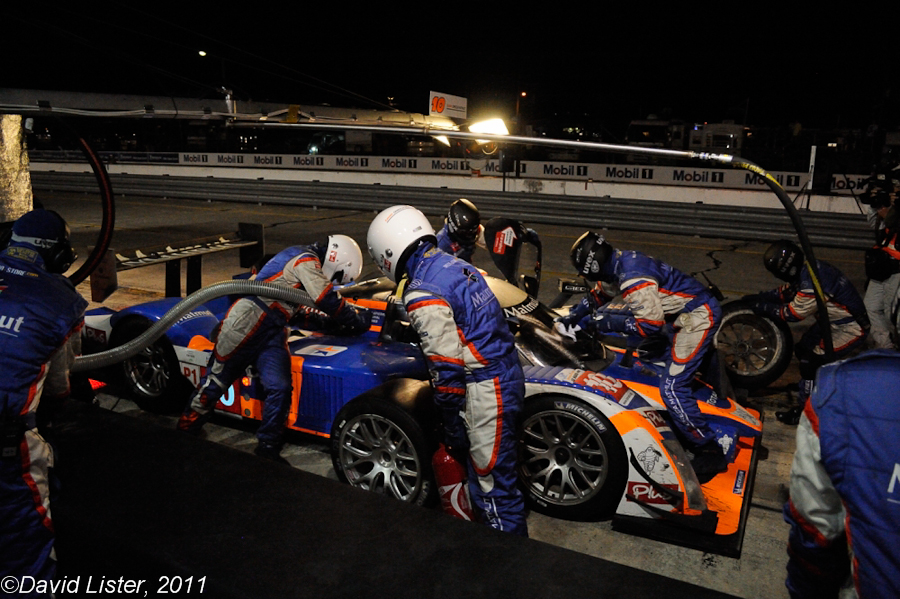
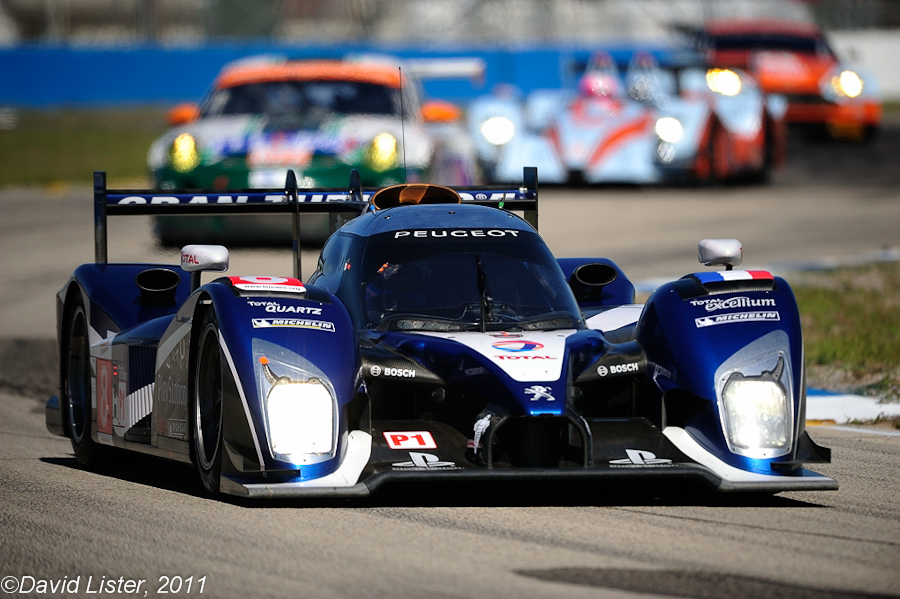
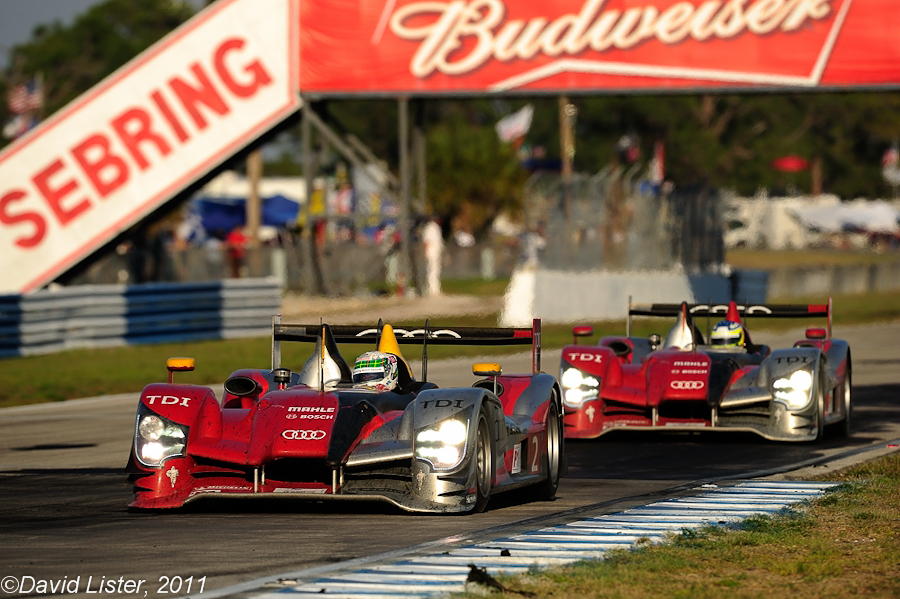
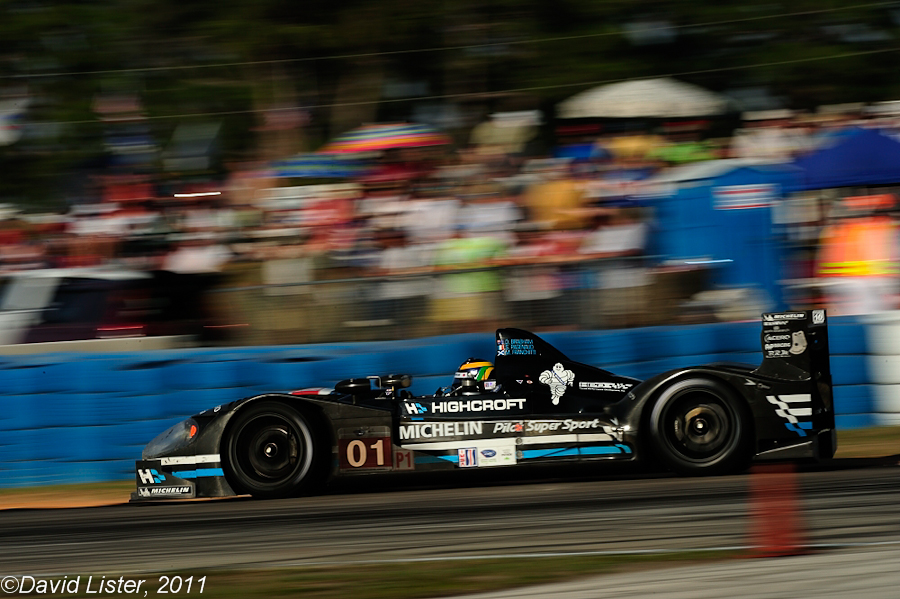
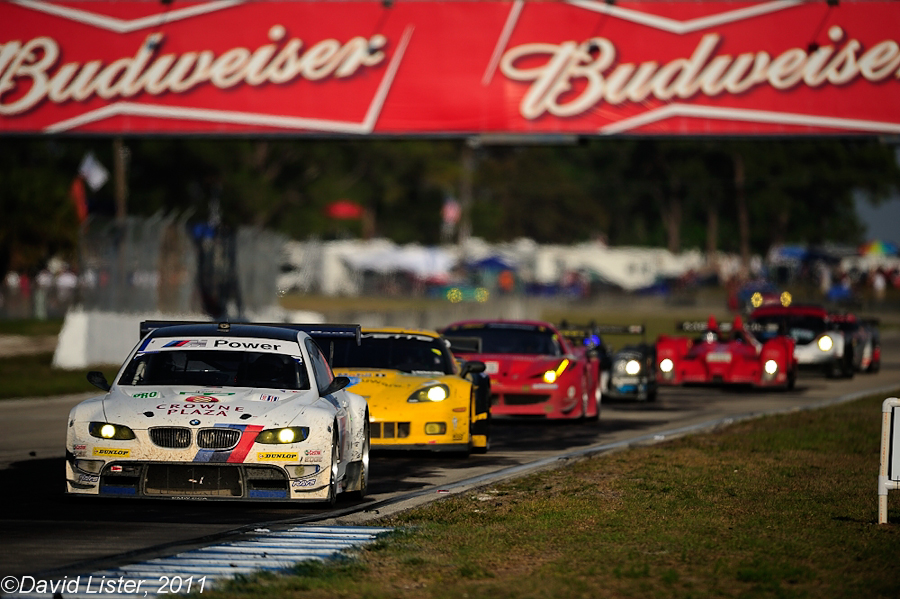
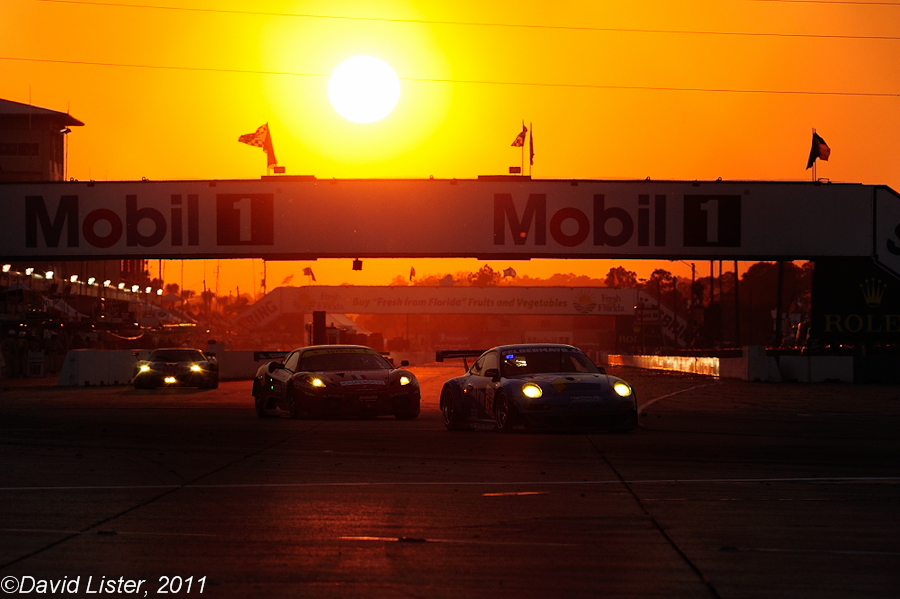
Why does the Highcroft “problem” need to be fixed? The main focus of these new regs was to make the petrol powered cars competitive with the factory diesels. You said it yourself a few lines later that the petrol cars could have used a little help in the last few years. I think the ACO nailed it, the HPD didn’t just keep up in Sebring, it beat the factory diesels (2 of which are full-2011 spec). Bear in mind that this is a team who doesn’t even have funding for a full season, with a car that was debuted in its earliest form back in 2007 and has been competing and developing since.
What Highcroft did in Sebring was great for the team, great for the ACO, and great for Aston Martin Racing. If the HPD could do so well in Sebring, the new AMR-One (with a full factory effort behind it) brings alot of promise into its first meeting with the diesels at Spa in just over a months time.
If the AMR and the HPD efforts continue to show well through out the 2011 season then we could potentially see a big increase in factory involvement in the LMP1 ranks. Given that Nissan and Toyota have both been seen as engine suppliers in the LMP2 class they have both shown interest in returning. Its not inconceivable to see one or both of them (or anybody else for that matter) joining the LMP1 ranks with a factory effort in the near future. I think for the moment that the changes for this year were the right move.